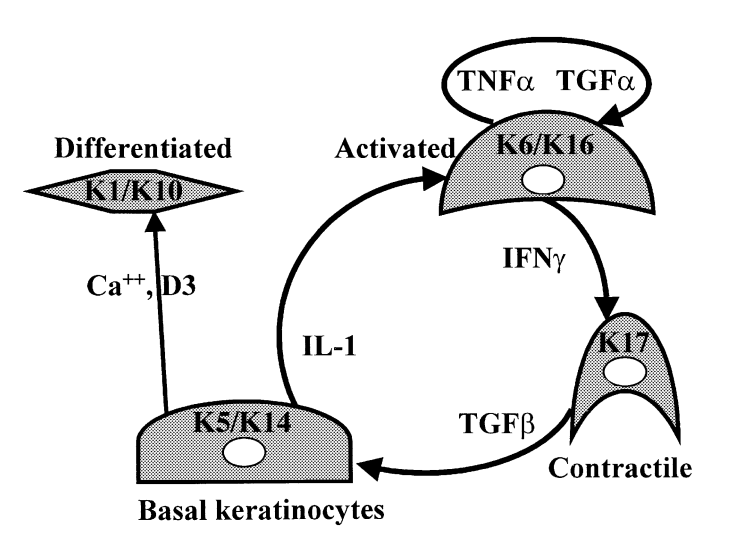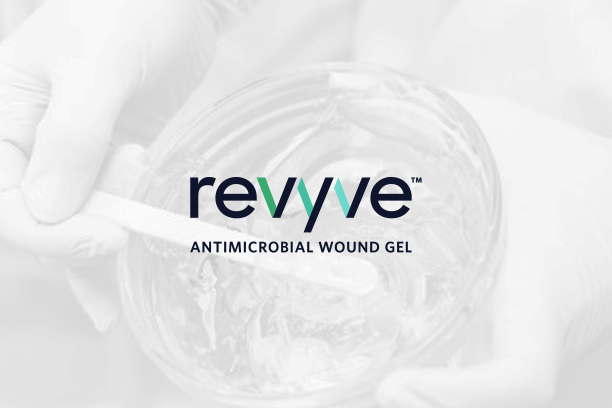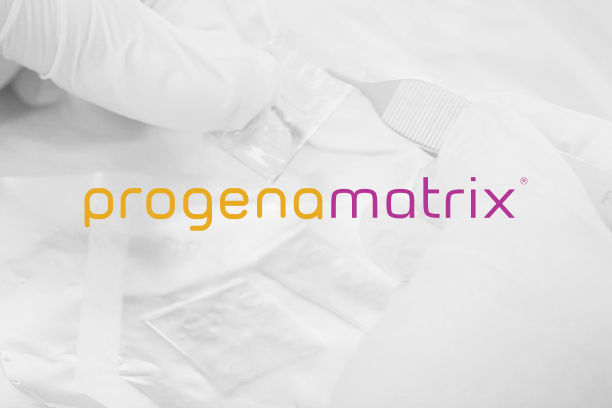Abstract
In wound healing and many pathologic conditions, keratinocytes become activated: they turn into migratory, hyperproliferative cells that produce and secrete extracellular matrix components and signaling polypeptides. At the same time, their cytoskeleton is also altered by the production of specific keratin proteins. These changes are orchestrated by growth factors, chemokines, and cytokines produced by keratinocytes and other cutaneous cell types. The responding intracellular signaling pathways activate transcription factors that regulate expression of keratin genes. Analysis of these processes led us to propose the existence of a keratinocyte activation cycle, in which the cells first become activated by the release of IL-1. Subsequently, they maintain the activated state by autocrine production of proinflammatory and proliferative signals. Keratins K6 and K16 are markers of the active state. Signals from the lymphocytes, in the form of Interferon-gamma, induce the expression of K17 and make keratinocytes contractile. This enables the keratinocytes to shrink the provisional fibronectin-rich basement membrane. Signals from the fibroblasts, in the form of TGF-beta, induce the expression of K5 and K14, revert the keratinocytes to the healthy basal phenotype, and thus complete the activation cycle.
View the published article here
Citation: Freedberg IM, Tomic-Canic M, Komine M, Blumenberg M. Keratins and the keratinocyte activation cycle. Journal of Investigative Dermatology. 2001; 116(5): 633-640.


